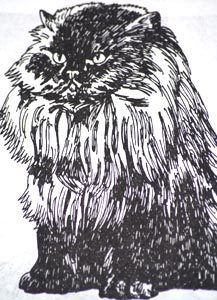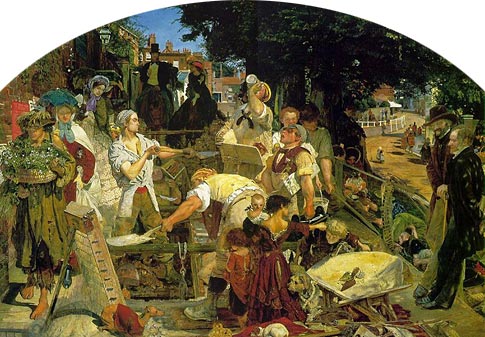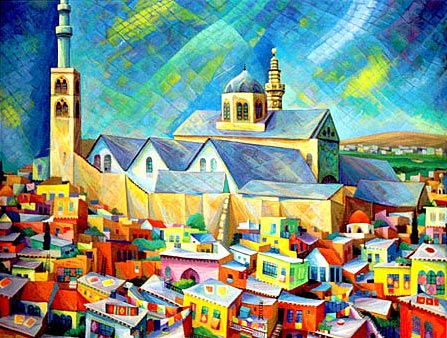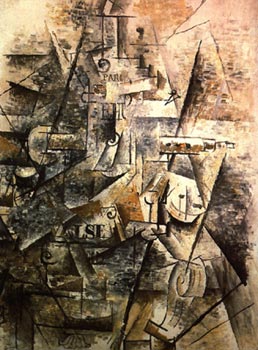Graphics
 Graphics is a type of visual art. It can be divided into three types:
Graphics is a type of visual art. It can be divided into three types:
– monumental – is closely connected with the architectural ensemble, for example, a poster (monumental printed graphics), wall graphics, cardboards;
– easel – performed “on the machine”, has no connection with a specific interior, the purpose and meaning of the work is completely exhausted by the artistic content (drawing, print, splint);
– decorative – book illustrations, postcards, any graphic images on any subject that have no special artistic value, but serving to organize the surface of the subject. Also decorative graphics include floristics – compositions created with the help of down trees, straws and other “living” materials.
The specificity of graphic art is drawing, here it is the leading, defining beginning and is applied in a more pure form. Therefore, we can consider drawing the main means of graphics.
The word “graphics” originates from the Greek grapho – I write, draw. The figure tells about the character, temperament, mood of the artist, about his emotions and feelings. The language of graphics is based mainly on the expressive possibilities of lines, strokes, stains, and the background of the base, since the color in the graphic is used more limitedly than in painting. Graphics monochrome, most often using a combination of two colors. Materials and graphics techniques are diverse, but, as a rule, the basis is a paper sheet. Colorful materials and technology are determined by the type of graphics.
Easel graphics, depending on the nature of technology is divided into two types: printmaking and drawing.
Print – from the French estamper – stamped, imprinted – imprint on paper. The first image is not made directly on the paper, but on a plate of some solid material, from which the design is then printed, imprinted with a press. You can get more than one copy of the imprint, but a lot, that is, to replicate the graphic image. Printing is applied in the applied graphics, in the poster, book illustration. But there the printing form is made from the original, made by the artist, photomechanical, machine.
The process of creating a printing form from any solid material – wood, metal, linoleum – is called engraving (cut from the French word graver). The drawing is created by cutting, scratching with some sharp tool – a needle, a cutter. Graphic works printed from an engraving printed form, called engraving.
Depending on the material from which the printed form is created, different types of engraving are distinguished:
– lithography – the printed form is the surface of the stone. The stone is very smoothly polished and degreased. The image on the lithographic stone is applied with a special, oily lithographic ink or pencil. The stone is moistened with water, then the paint is rolled, adhering only to the previously applied pattern.
– algrafiya – flat printing, the technique of execution is similar to lithography, but instead of a stone an aluminum plate is used.
– Woodcut – woodcut, carved with a special chisel. The paint rolls onto the plane of the original board. When printing on paper, white areas remain cut with a chisel. Prints are contour drawing with thick black lines.
– linocut – engraving on linoleum. The technique is very close to woodcuts, only linoleum is used instead of wood.
– metal engraving is performed on zinc, copper, iron, steel. Metal engraving is divided into print with etching and without etching. There are a large number of techniques of this type of engraving:
– the dry needle technique (the picture is applied directly to the metal, by scratching a hard needle with a tip of a needle on the surface of a metal board);
– mezzotint (from Italian mezzo – medium and tinto – painted. A kind of in-depth engraving, in which the surface of the metal board is attached to the gravel with a rough surface, giving a continuous black background when printing);
– etching (from French eau-forte – nitric acid. The picture is scratched with an engraving needle in a layer of acid-resistant varnish covering a metal plate. Scratched places are etched with acid, and the resulting in-depth image is filled with paint and imprinted on the paper);
– aquatint (from Italian aquatinta, an engraving method based on acid etching the surface of a metal plate with deposited asphalt or rosin dust);
– soft varnish.
Graphics Easel drawing is more affordable in performance. Drawing – an image made by hand, using graphic tools: contour lines, strokes and stains. There are numerous types of drawing, which differ in drawing methods, themes and genres, technique and character of execution. The drawing is executed by the artist directly on a sheet of paper with some graphic material – pencil, charcoal, ink, sanguine, watercolor, gouache.



